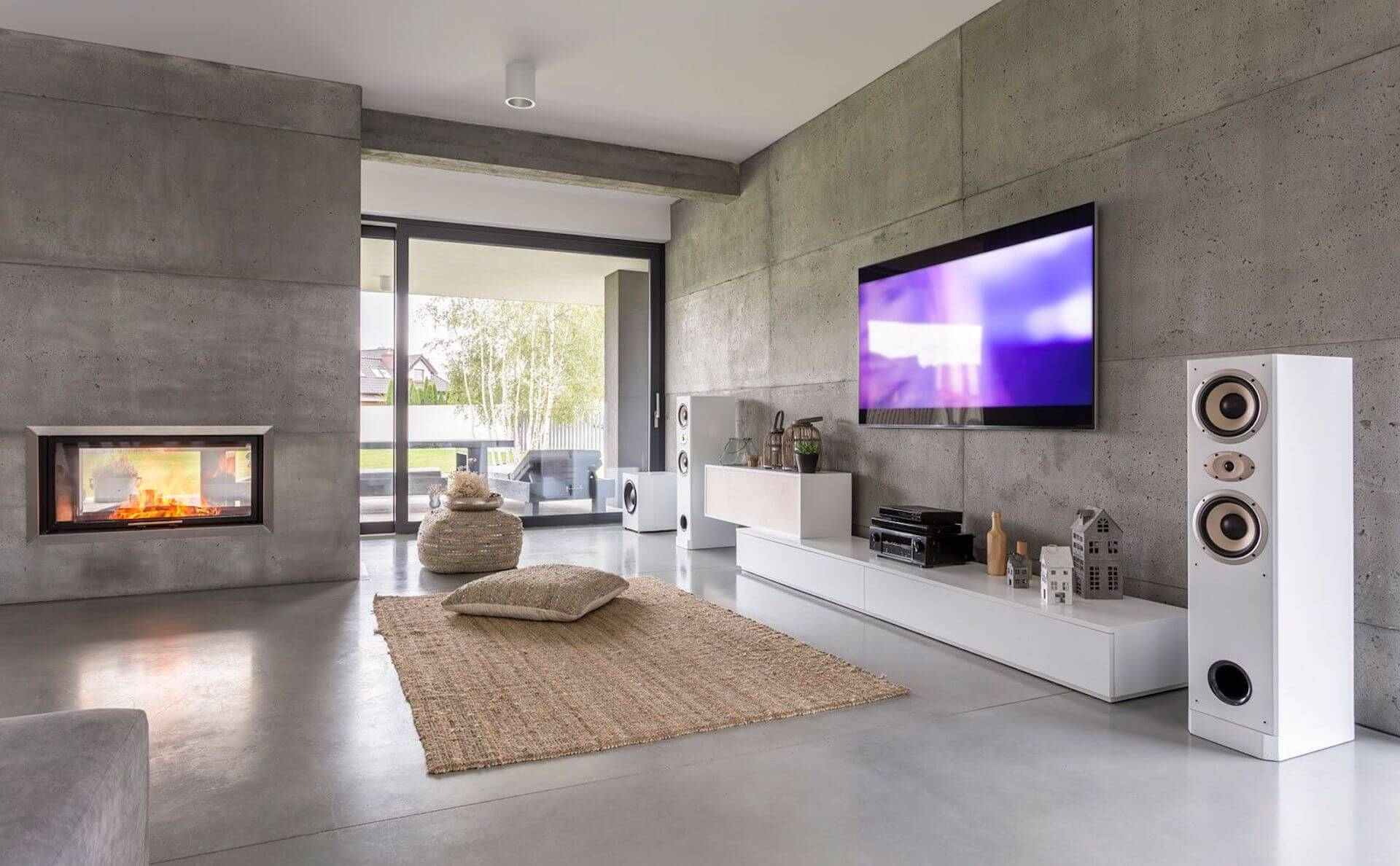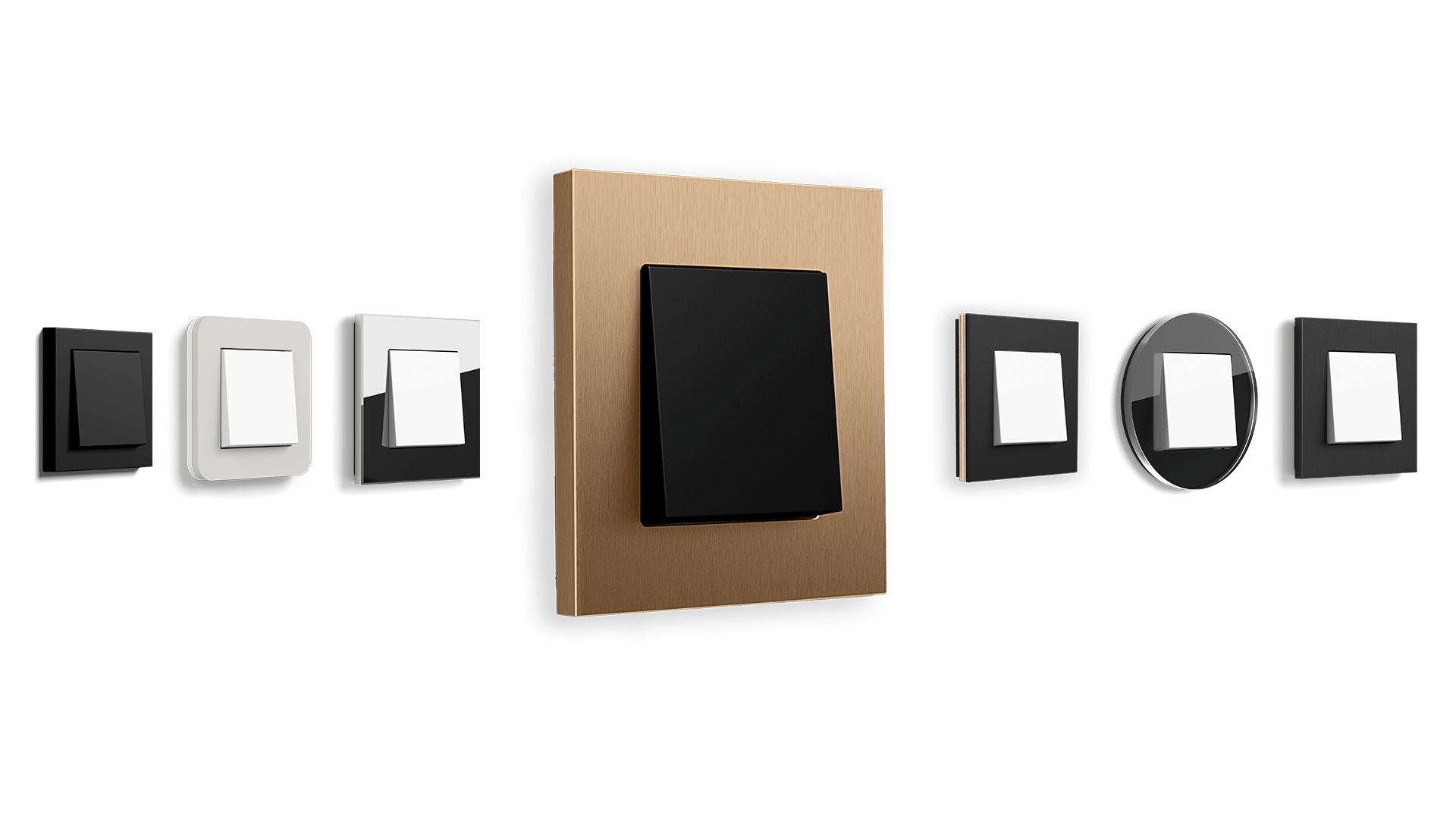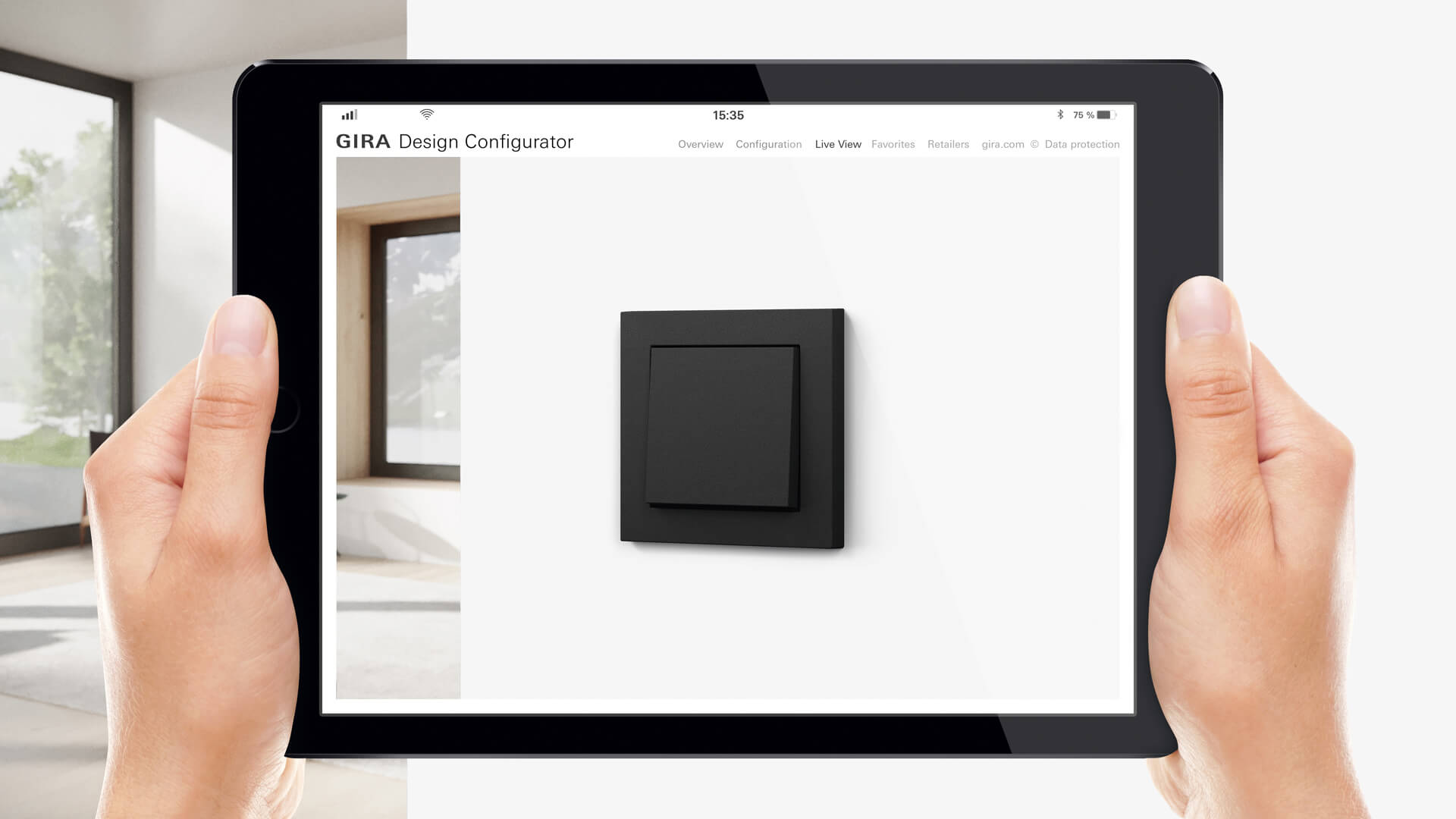
If you’re building a home, you can set up an electric installation that fits your individual needs perfectly. However, this goes well beyond the right place for light switches and socket outlets. To help you draft a thorough plan, we’ve compiled a checklist with everything you need to know before wiring a new house.
Electricity is one of the most daunting challenges when it comes to new builds. Once cables and pipelines have been laid beneath the plaster, your options for the connection and use of powered gadgets will remain the same throughout the next decades. With that in mind, you should pay close attention to your current daily routines: how do you move around your home?
Electricity is one of the most daunting challenges when it comes to new builds. Once cables and pipelines have been laid beneath the plaster, your options for the connection and use of powered gadgets will remain the same throughout the next decades. With that in mind, you should pay close attention to your current daily routines: how do you move around your home? When and where do you need electric devices? With a digital floor plan, you can then lay out the wiring at your new house – namely the plugs and switches needed in each room for different purposes. The plan should be as detailed as possible and cover the following:
walls, doorways, and windows
opening directions of all doors and windows
the setup of your bathrooms and kitchen
the location of household and entertainment appliances such as the fridge, stove and baking oven, washing machine and dryer, stereo system, TV, and telephone
Switches and socket outlets: the basis for installing electricity at new houses
No modern home can go without lighting and power. Before placing your switches, think about where you want to have certain lamps in reach. For the wiring of new houses, light switches are normally installed next to every doorway.
In addition, smart motion sensors prove particularly useful in areas such as the bathroom, cellar, hallway, or utility room: they react to movements and switch lights on and off accordingly. But smart switches, dimmers, and pushbuttons not only allow you to control your lighting. You can also connect other functions to your system – including blinds, heating, and air conditioning.
More is more: connecting electricity to new houses
Don’t be too thrifty when planning your socket outlets. Oftentimes, home owners underestimate how many they will actually need in the long run. Before wiring a new house, count up all the household and entertainment appliances you are using on a daily basis.
In general, we recommend placing one power outlet in every corner of each room. This way, you won’t have to improvise with power strips and thereby risk outbreaks of fire: connecting too many devices to one power strip can quickly lead to overvoltage and overheating.
Home security: staying safe in everyday life
Smoke detectors have become mandatory in many countries – you should definitely check the requirements in your area. In general, it is advisable to install smoke alarm devices in each individual room, as well as your hallways and kitchen.
Smart Home technology furthermore helps protect your home from break-ins. Automated lighting and blind control can for example simulate your presence while you’re away. In addition, outdoor motion detectors will ensure that lights are switched on whenever somebody’s approaching – either to welcome you and your guests or to deter potential intruders.
How to do house wiring for communication and entertainment
Telephone and network outlets constitute another important part of setting up your electric installation. Again, consider in which rooms (and at which spots, exactly) you want to place power supplies for your landline, internet, and television.
If you would like to have a fast internet connection across several rooms or even several floors, WiFi repeaters for home networks are a good option.
Setting up a Smart Home: the benefits of KNX technology
When wiring a new house, you can take the opportunity to lay special cabling for smart technology. Cabled networks should always comply with current KNX standards. With the help of KNX connections, you can link virtually all electric components of your household: blinds and lighting, door communication and garden irrigation, or heating and air conditioning. All these components can be automated and operated in various ways – via app on your smartphone and tablet, smart switches and pushbutton sensors, or even voice control. Thus, KNX Smart Homes not only make living more comfortable, but also more secure and energy-efficient.
Staying prepared: how to do future-proof house wiring
No matter how well we plan things out – in the end, we never quite know what life has in store for us. Installing electricity at a new construction, you should keep in mind that your personal needs and circumstances might change over time.
We recommend including a few empty conduits and placeholders in your distribution box. This allows you to retrofit your installation long after wiring a new house: maybe you want to set up a photovoltaic system as a sustainable source of power one day? Likewise, empty conduits make it easy to lay additional cables throughout the house: you can then upgrade your system without having to tear your walls open all over again.



